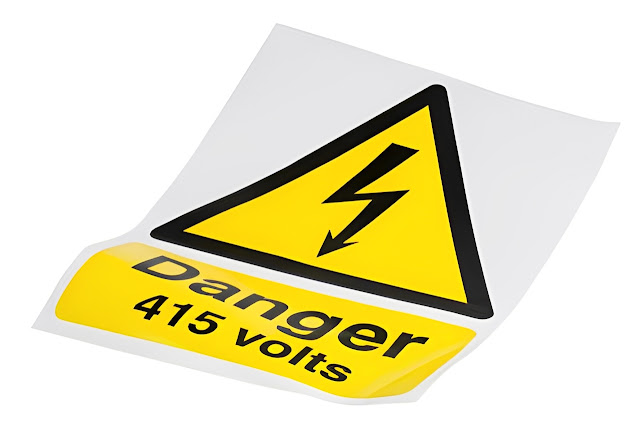Ensuring safety on construction sites, industrial work environments, and public spaces is non-negotiable. Warning signs play a crucial role in maintaining safety and preventing accidents. This blog explores the critical warning signs that must not be overlooked and how they contribute to overall site safety.
Recognising the Importance of Warning Signs
- Immediate Hazard Identification: Warning signs provide instant visual cues about potential hazards. Their presence is often the first line of defence against accidents, making them essential for any safety conscious site.
- Regulatory Compliance: In many jurisdictions, displaying specific warning signs is not just a precaution but a legal requirement. Failure to comply can lead to hefty fines and more severe legal repercussions.
- Universal Language of Safety: With standardised symbols and colours, warning signs communicate important information across language barriers, ensuring everyone understands the risks and required precautions.
Essential Warning Signs You Should Not Ignore
Chemical Hazards
- Toxic Substance Alerts: Signs indicating the presence of toxic substances are vital in environments where chemicals are used or stored. They inform site personnel and visitors of necessary protective measures.
- Flammable Materials: Signs that highlight flammable materials prompt the appropriate handling and storage procedures to prevent fires.
Electrical Safety
- High Voltage Warnings: These signs are crucial around power lines, electrical panels, and other high-voltage areas to prevent electrocutions and electrical burns.
- Lockout/Tagout Reminders: Essential for maintenance activities that require machines to be de-energized, preventing accidental machine start-up.
Mechanical and Physical Hazards
- Machinery Operation Warnings: From rotating parts to sudden machine movements, these signs alert operators and bystanders to potential mechanical dangers.
- Slip, Trip, and Fall Risks: Highlighting areas with potential for slips or falls ensures that preventive measures can be taken to reduce these common workplace accidents.
Construction Specific
- Under Construction Alerts: Informing ongoing construction activities to keep unauthorised or untrained individuals away, ensuring their safety and the safety of construction workers.
- Scaffolding and Overhead Hazards: Specific signs that point out temporary structures and overhead risks to prevent injuries from falls or dropped objects.
Implementing Effective Warning Signs
- Visibility and Clarity: Signs should be placed where they are easily visible and legible from a distance. Using bright colours and reflective materials can enhance visibility, especially under low-light conditions.
- Regular Updates and Maintenance: Warning signs should be regularly checked for legibility and structural integrity. Faded, vandalised, or obscured signs fail to convey their critical messages and should be replaced promptly.
- Educating and Training: While signs are helpful, they are most effective when combined with proper worker education and training programs. Ensuring that all personnel are aware of the meanings behind the signs and the associated hazards increases compliance and safety.
Site Safety Beyond Warning Signs
- Personal Protective Equipment (PPE): Ensuring that all personnel are equipped with the necessary PPE complements the safety measures indicated by warning signs.
- Emergency Preparedness: Sites should have clear emergency response plans that are regularly practised and updated. These plans should include the location of emergency exits, assembly points, and the availability of first aid.
The Role of Warning Signs in Overall Safety Culture
- Building a Safety Culture: Warning signs are part of a broader safety culture that values proactive risk management and continuous improvement in safety standards.
- Responsibility and Accountability: Every team member, from site workers to management, must understand their role in maintaining safety, underscored by adherence to the warning signs displayed.
Conclusion
Warning signs are not merely regulatory requirements—they are vital tools in the continuous effort to ensure workplace safety. By recognising the signs that should never be ignored and implementing a robust safety infrastructure, businesses can protect their employees, visitors, and the public from potential hazards. Embracing a culture of safety and awareness begins with understanding and respecting the power of these simple yet effective tools. Safety signs and site safety are indispensable elements of a comprehensive approach to hazard prevention and should be managed with the utmost seriousness and professionalism.



Post a Comment